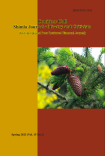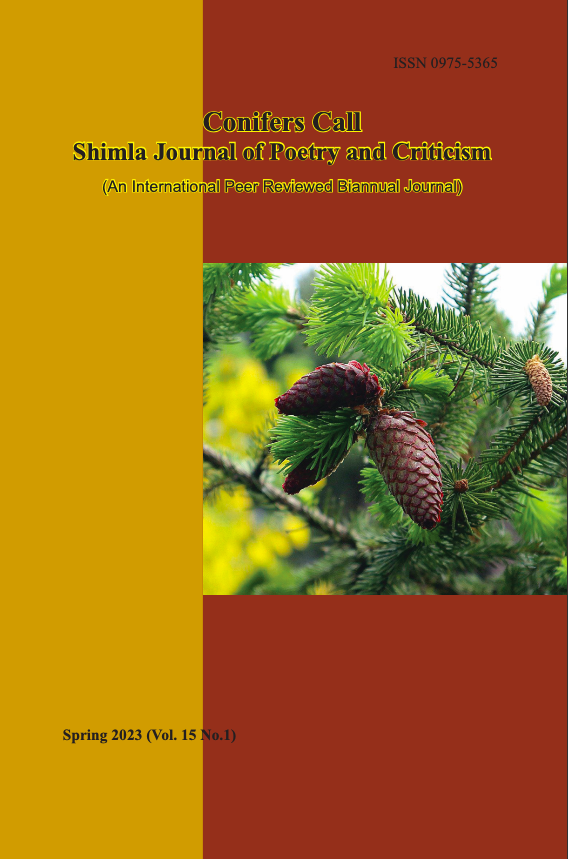The Treatment of Homosexuality in Murgikhana(The Hen House) of Kewal Sood
With the advent of industrial revolution in Europe a new middle class
emerged that experienced several novel experiences at family, work
place, institutional, social and cultural levels. Some fundamental
changes also occurred in individual’s life splitting the traditional with
the new, the modern. The economic affluence that followed brought a
trend of investing more time in lengthy writings representing the neorealism against the fall of drama and the dominance of poetic fiction. A
new genre of writing long narratives emerged that would not represent
the truth but was quite close to it. The genre became quite popular with
the puritans, realists, modernists and democrats and spread like fire in
the next century.
While romanticism, heroism, and entertainment of Victorian novel gave
way to the more robust themes based on realism, modernity, social
issues, individual rights, social condition, ideology and science fiction,
the tender relationship between two individuals were treated with
different lenses. Homoeroticism is not unknown in literature but it has
been suppressed for centuries, explicitly for different reason like harsh
penalties, social ostracism or banishment. Forman Brown’s 1933
novel Better Angel was the first novel that dealt with homosexuality
without disapproval and with a happy ending. The Well of Loneliness
(1928) by Radclyffe Hall was another novel with a lesbian theme. It
was however, censured by a British court and the following decades
saw a good number of stories and novels representing homosexuality.
After a lot of commotion and upheavals the American Psychiatric
Association (APA) even removed homosexuality from the list of mental
disorders in December 1973. In 2018, Supreme Court of India also…
Harish K Thakur, Prof. Harish K. Thkaur, Director: Centre for Canadian Studies, HP
University, Shimla-171005


